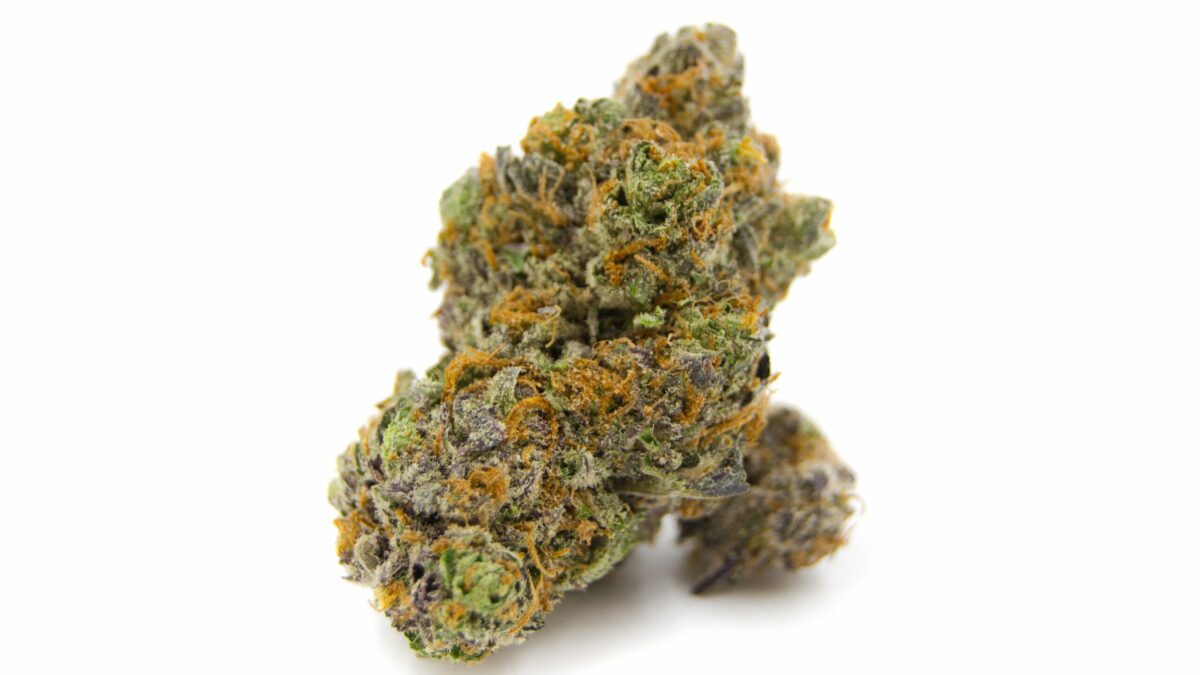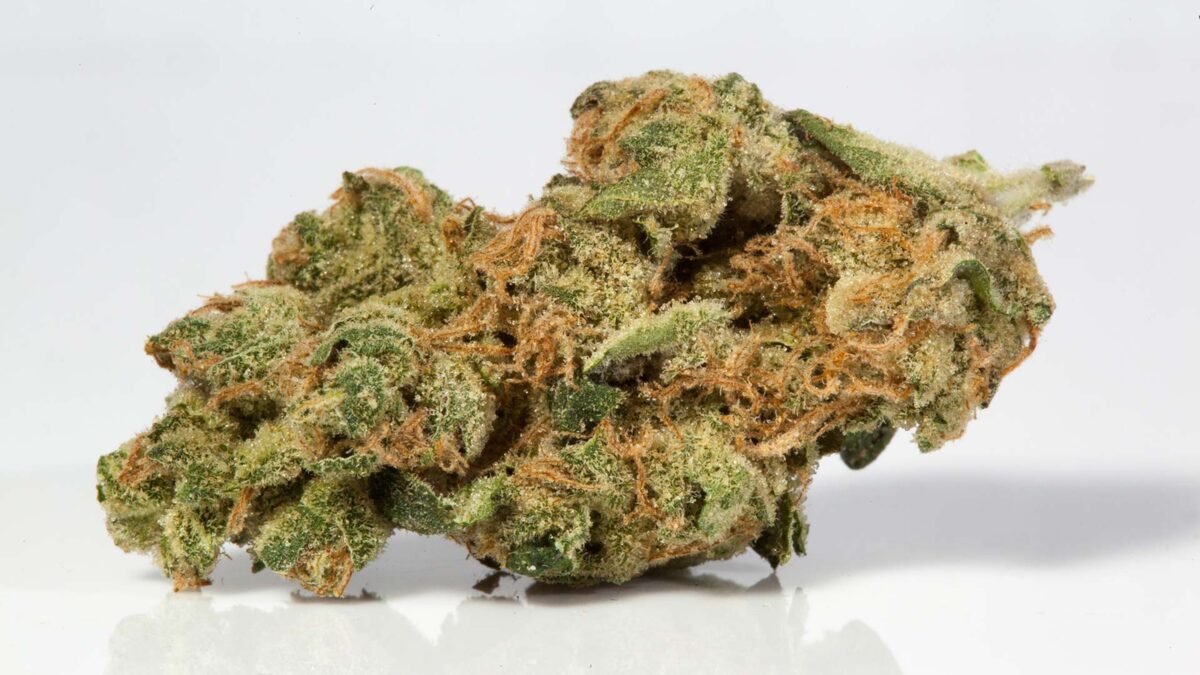
Introduction
Tsi Fly is a renowned cannabis strain known for its unique attributes and balanced effects. This comprehensive guide delves into the origins, genetic profile, appearance, effects, cultivation practices, and potential risks associated with Tsi Fly. We’ll also address frequently asked questions to offer a thorough understanding of this intriguing strain.
Origins and History
Historical Background
Tsi Fly is a hybrid cannabis strain celebrated for its potent effects and distinctive flavor profile. Though relatively new to the cannabis scene, it has quickly garnered attention from enthusiasts and cultivators alike. Its name evokes a sense of intrigue, hinting at its unique qualities and effects.
The strain was developed by breeders aiming to create a hybrid that blends the best aspects of its parent strains. The result is a strain that offers a balanced high, combining both relaxing and stimulating effects. Tsi Fly’s development reflects a broader trend in cannabis breeding toward creating strains with complex profiles and versatile uses.
Strain Development
The development of Tsi Fly involved selective breeding to enhance the desirable traits of its parent strains. While specific details about the exact parent strains are not always disclosed, it is clear that the strain has been meticulously bred to achieve its current profile.
The goal was to create a hybrid that balances the effects of its lineage, resulting in a strain with a unique flavor, aroma, and high. The emphasis on creating a strain with both mental and physical effects has made Tsi Fly a popular choice among both recreational and medicinal users.
Genetic Profile
Parent Strains
Tsi Fly is a hybrid strain that combines elements of both indica and sativa genetics. The specific parent strains used to create Tsi Fly are not always clearly identified, but the strain typically incorporates characteristics from
Indica Parent
One or more indica strains contribute to the relaxing and calming effects of Tsi Fly. Indica genetics are known for their ability to provide physical relaxation and sedation, making them suitable for evening or nighttime use.
Sativa Parent
The sativa parent strains add an uplifting and stimulating quality to Tsi Fly’s effects. Sativa strains are associated with increased energy, focus, and euphoria, contributing to the strain’s balanced high.
THC and CBD Levels
Tsi Fly generally features a moderate to high THC content, ranging from 18% to 22%. This level of THC ensures a potent and impactful high, making it suitable for experienced users as well as those new to cannabis. The CBD content in Tsi Fly is relatively low, typically less than 1%, which means the strain is less focused on therapeutic benefits associated with higher CBD levels.
The high THC content contributes to the strain’s strong psychoactive effects, which are balanced by its indica and sativa genetics. This combination allows Tsi Fly to deliver a well-rounded and enjoyable experience.
Appearance and Aroma
Visual Characteristics
Tsi Fly is known for its attractive and visually appealing buds. The flowers are typically dense and covered in a thick layer of trichomes, giving them a frosty and resinous appearance. The buds are usually a rich green color, with vibrant orange or reddish pistils adding contrast. The overall appearance of Tsi Fly reflects its high THC content and quality.
Aroma and Flavor Profile
The aroma and flavor profile of Tsi Fly are key aspects that define the strain’s unique character
Aroma
Tsi Fly has a complex and enticing aroma that combines sweet, fruity, and earthy notes. The scent is often described as a blend of citrus and berry, with hints of pine and spice. The aroma is both inviting and potent, making it a popular choice for those who appreciate a rich and diverse scent profile.
Flavor
The flavor of Tsi Fly mirrors its aroma, offering a delightful taste experience. On the inhale, users may detect sweet and fruity flavors, with undertones of citrus and berry. The exhale reveals earthy and piney notes, adding depth to the overall flavor profile. The taste is smooth and enjoyable, contributing to the strain’s appeal.
Effects and Benefits
Psychoactive Effects
Tsi Fly delivers a well-balanced high that combines both mental and physical effects. The strain’s sativa genetics contribute to an uplifting and euphoric experience, enhancing mood, creativity, and focus. Users often report increased mental clarity and a sense of motivation, making Tsi Fly suitable for social activities, creative endeavors, and daytime use.
As the high progresses, the indica genetics come into play, providing physical relaxation and comfort. Users may experience a soothing effect on their body, with a sense of calm and ease. This combination of effects allows Tsi Fly to offer a balanced and enjoyable experience, making it a versatile choice for various occasions.
Medicinal Benefits
Tsi Fly offers several potential medicinal benefits due to its balanced effects and unique flavor profile. These benefits include
Mood Enhancement
The uplifting effects of Tsi Fly can help improve mood and alleviate symptoms of depression and anxiety. The strain’s euphoric and stimulating properties may contribute to a sense of well-being and mental clarity.
Stress Relief
The relaxing properties of Tsi Fly can help reduce stress and promote relaxation. It may be beneficial for individuals experiencing high levels of tension or anxiety.
Pain Management
Tsi Fly’s calming effects can provide relief from chronic pain and muscle discomfort. It may be useful for managing conditions involving pain or inflammation.
Appetite Stimulation
Like many cannabis strains, Tsi Fly may stimulate appetite, making it helpful for individuals experiencing loss of appetite due to medical conditions or treatments.
Cultivation
Growing Conditions
Tsi Fly is a versatile strain that can be cultivated both indoors and outdoors. Its adaptability to various growing conditions makes it suitable for different cultivation environments.
Indoor Cultivation
For indoor cultivation, Tsi Fly thrives in a controlled environment with temperatures ranging from 65°F to 80°F (18°C to 27°C). Proper ventilation, humidity control, and light management are crucial to prevent issues such as mold and pests. Indoor cultivation allows for year-round growth and the ability to control environmental factors, leading to potentially higher yields and better-quality buds.
Outdoor Cultivation
For outdoor cultivation, Tsi Fly prefers a sunny climate with ample light. It is best suited to regions with a temperate or warm climate. Outdoor growers must be mindful of environmental factors such as pests, weather conditions, and potential diseases. Outdoor cultivation can result in larger plants and potentially higher yields, but it requires careful management of external conditions.
Harvesting and Yield
Tsi Fly typically has a flowering time of 8 to 10 weeks. During this period, the plants develop dense, resinous buds that are ready for harvest. The yield can vary depending on the growing conditions and cultivation techniques used
Indoor Yield
Indoor growers can expect an average yield of 1.5 to 2 ounces per square foot. This yield can be influenced by factors such as light intensity, nutrient management, and plant training techniques.
Outdoor Yield
Outdoor growers may achieve higher yields, often ranging from 3 to 5 ounces per plant. The final yield depends on the size of the plants, the quality of environmental conditions, and the effectiveness of pest control measures.
Potential Risks and Side Effects
Common Side Effects
As with many cannabis strains, Tsi Fly may cause some common side effects, including
- Dry Mouth: A frequent side effect of cannabis use, which can be managed by staying hydrated and drinking plenty of water.
- Dry Eyes: Users may experience dry eyes, which can be alleviated with over-the-counter eye drops designed to relieve dryness.
- Dizziness: In some cases, users may feel lightheaded or dizzy, particularly if consuming large amounts or if they are not accustomed to high-THC strains.
Precautions
To minimize potential side effects, it is advisable for users to start with a small dose, especially if they are new to cannabis or have a low tolerance. Additionally, individuals with a history of anxiety or paranoia should use caution, as high-THC strains can sometimes exacerbate these conditions. It is always important to use cannabis responsibly and be mindful of its effects on your body and mind.
Conclusion
Tsi Fly is a distinctive and well-rounded cannabis strain that offers a unique combination of effects, flavor, and benefits. With its balanced high, rich flavor profile, and versatile cultivation options, Tsi Fly stands out as a popular choice among both recreational and medicinal users. Whether you’re seeking an uplifting and euphoric experience or a strain that provides physical relaxation, Tsi Fly delivers a satisfying and enjoyable option.
Cultivators will appreciate the strain’s adaptability to both indoor and outdoor environments, as well as its potential for high yields and quality buds. Overall, Tsi Fly represents an exciting addition to the cannabis market, offering a memorable and enjoyable experience for enthusiasts and medical users alike.
Frequently Asked Questions
What are the parent strains of Tsi Fly?
The exact parent strains of Tsi Fly are not always disclosed, but it is a hybrid that combines both indica and sativa genetics. The strain likely includes elements from popular indica and sativa varieties to achieve its unique profile.
What are the primary effects of Tsi Fly?
Tsi Fly delivers a balanced high with both uplifting and relaxing effects. Users often experience enhanced mood, increased creativity, and focus, followed by physical relaxation and comfort.
What is the THC content of Tsi Fly?
Tsi Fly typically has a THC content ranging from 18% to 22%. This level of THC ensures a potent and impactful high suitable for various users.
How long does Tsi Fly take to flower?
Tsi Fly usually has a flowering time of approximately 8 to 10 weeks. This period allows the plants to develop dense, resinous buds ready for harvest.
What are the common side effects of Tsi Fly?
Common side effects of Tsi Fly include dry mouth, dry eyes, and dizziness. Staying hydrated and using eye drops can help manage these effects.
Can Tsi Fly be used for medicinal purposes?
Yes, Tsi Fly offers potential medicinal benefits such as mood enhancement, stress relief, pain management, and appetite stimulation. Its balanced effects make it suitable for various therapeutic needs.
What are the ideal growing conditions for Tsi Fly?
Tsi Fly can be cultivated both indoors and outdoors. Indoor cultivation requires temperatures between 65°F to 80°F (18°C to 27°C), proper ventilation, and humidity control. Outdoor cultivation benefits from a sunny climate and careful management of environmental factors.
- Temple Filler Near Tandridge, Surrey - May 23, 2025
- Jowl Treatment Near Burstow, Surrey - May 23, 2025
- How Much Does 1 Ml Of Dermal Fillers Cost? - May 23, 2025

